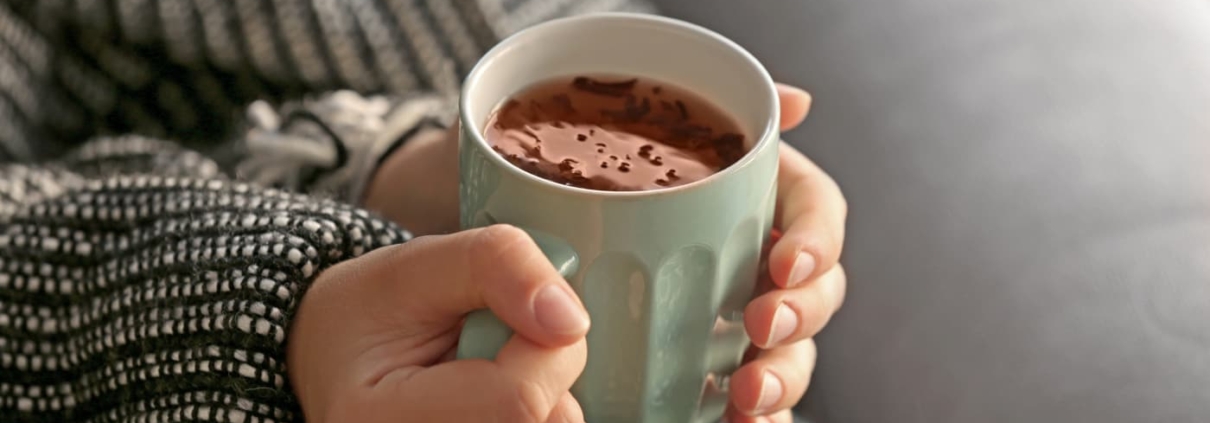Helping Others Stay Warm this Winter
Good boilers, draft excluders and energy efficient heaters are all critical in saving energy and keeping warm, but as a care worker, there are other simple ways of making sure that service users stay cosy and healthy …
Check the dial!
If it seems chilly, speak to the service user and find out if they have turned their heating down. The World Health Organisation recommends a room temperature of 18-21ºC for healthy people, and higher for elderly people or those with health issues. You’ll have seen in the news that many older people are trying to live without heating, which can be incredibly dangerous; a consistent temperature of 16ºC or below can lower resistance to respiratory diseases, increase likelihood of stroke, and can exacerbate existing health conditions.
Turn down heating in unused rooms
Explain how shutting off unused rooms can help to save money without affecting the temperature of their most used rooms. In particular, the bedroom and bathroom should be kept a little higher to allow for undressing and temperature drop during sleep. Keeping doors closed to prevent heating unneccessary hallways can also make a huge difference.
Woolies for bedtime!
Wearing extra warm clothes to bed can really help; layers are always better, as air becomes trapped between them, and keeps us much warmer than one thick layer. Wearing a hat to bed can also be a good idea; whilst it’s actually a myth that we lose half our body heat from our heads, we do still lose some. And, of course, a good pair of thick wooly socks can keep those tootsies warm on chilly Winter nights!
Shut the curtains in the evening
It’s obvious that closing the curtains will keep out the draughts, but try to encourage service users to keep some of the curtains open during the day. Daylight is incredibly important for our physical and mental health – particularly if it’s too cold to go outside.
Hot tea for days!
Hot drinks are a given – but again, carers are reporting that service users are reluctant to put their kettles on, for fear of using too much electricity. One idea is to suggest a coffee flask – like the ones used in meetings or coffee mornings. Filling it up once in the morning is far more energy efficient, and the bonus is that there is hot tea or coffee at any time of day, ready to be poured!
Stock up and Heat up
If you are out shopping with those you support, suggest more cupboard foods, to ensure that service users have plenty in their kitchen that they can make a hot snack from when it’s too cold to go outside. Tins of soup, cheesy pasta and tinned meats can be a handy go-to and quick to make.
Look out for signs of hypothermia
The current energy crisis is set to heavily increase the average 9,700 deaths per year in the UK from living in a cold house, according to National Energy Action. Look out for the following symptoms of hypothermia, and take action if you’re unsure:
- Pale, cold skin
- Shivering
- Feeling tired
- Showing signs of confusion
- Slurred speech
- Rapid breathing
Pick up on energy concerns during your visits
Of course, simply being vigilant around those you support is the best way of knowing if they are cutting back, by not cooking meals, or reducing their heating. Finally, you may want to check out the Scottish Government website for advice on which grants may be available to service users. And, importantly, take your own advice and stay safe and warm yourself! We are, after all, in the same boat this Winter!
Want to work with us?
Check out our blog on ‘Working with SCA’.


